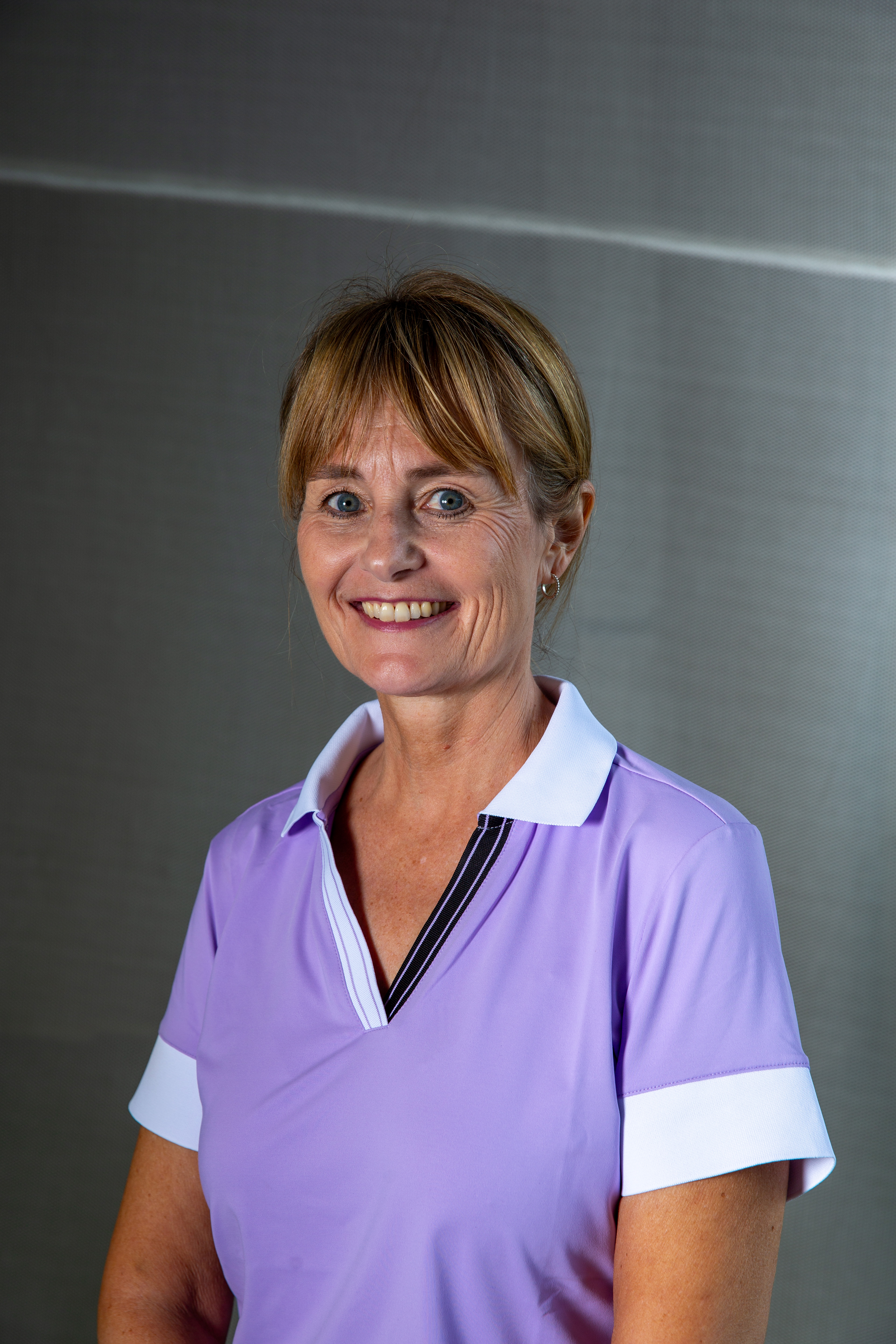Major Season Is Over. Here’s My Plea To Those Who Set The 2026 Tournament Schedules
Our women's editor reflects on the women's Major season and pleads for a schedule that helps, not hinders its growth
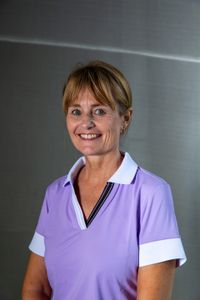
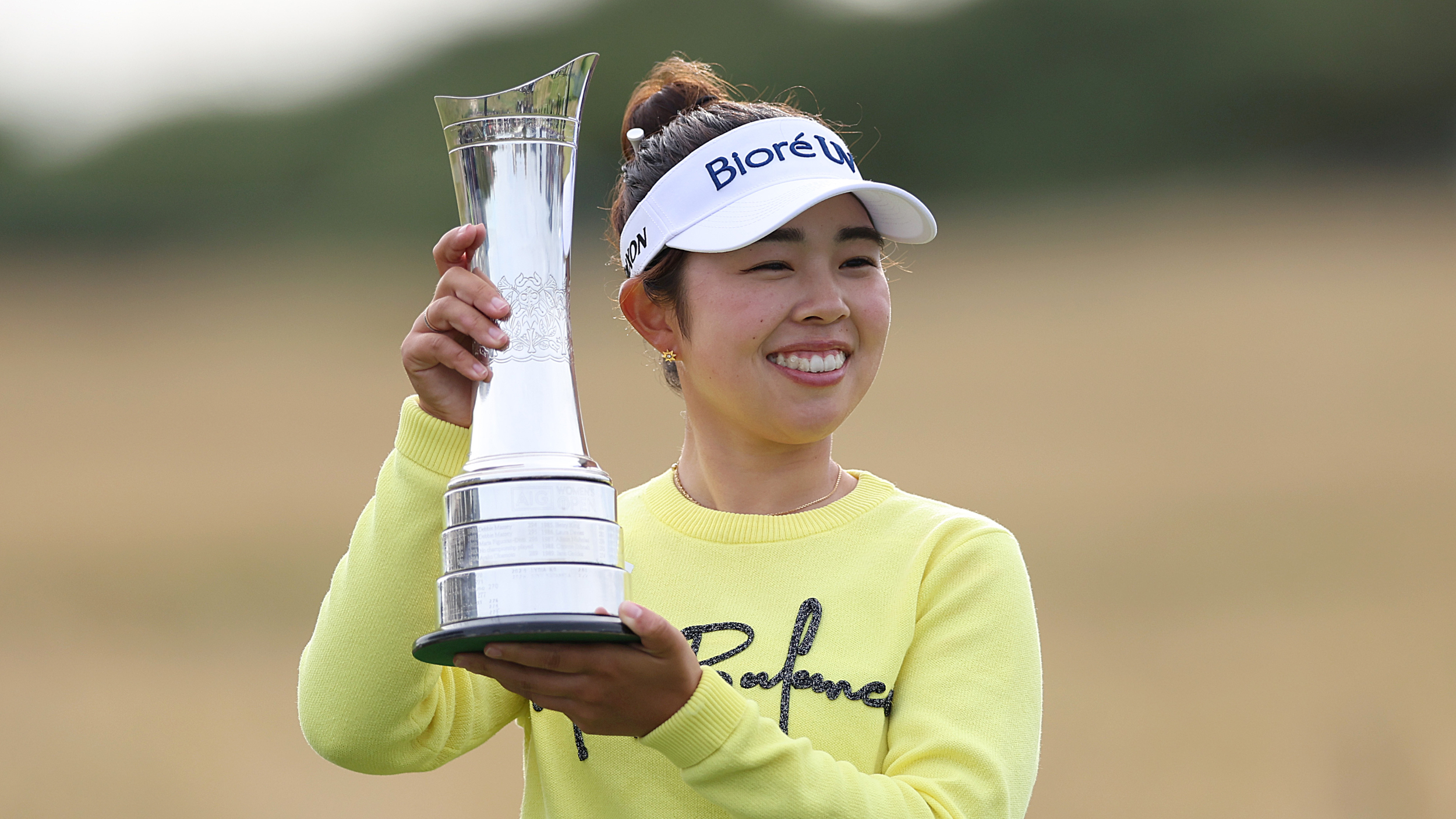
The final women’s Major of the year is behind us, and it was a fantastic advertisement for the excellence of the women’s game. Miyu Yamashita’s composure in holding off a final-day charge from Charley Hull amongst others on a challenging links course was a testament to the quality of play.
On the ground, more than 47,000 spectators attended the five days of the Championship at Royal Porthcawl, making it the largest women’s sporting event ever in Wales, with families and children attending in large numbers. That success was mirrored on screens, as the Championship saw its highest-ever TV audience for the first two rounds on Sky Sports, alongside a massive 144% increase in YouTube views and a 93% increase in hours watched.
This outcome proves what's possible when the women's game gets the attention it deserves. Yet, it also brings into focus the frustration I feel when looking back at the rest of the Major season's schedule.
A year ago, I wrote about the reality of women's Majors consistently being overshadowed by men's events. Fast forward to today and little has changed. The men's Major schedule might be "broken," as some suggest, but for women's golf, it often feels even worse, deliberately set up for second-tier status.
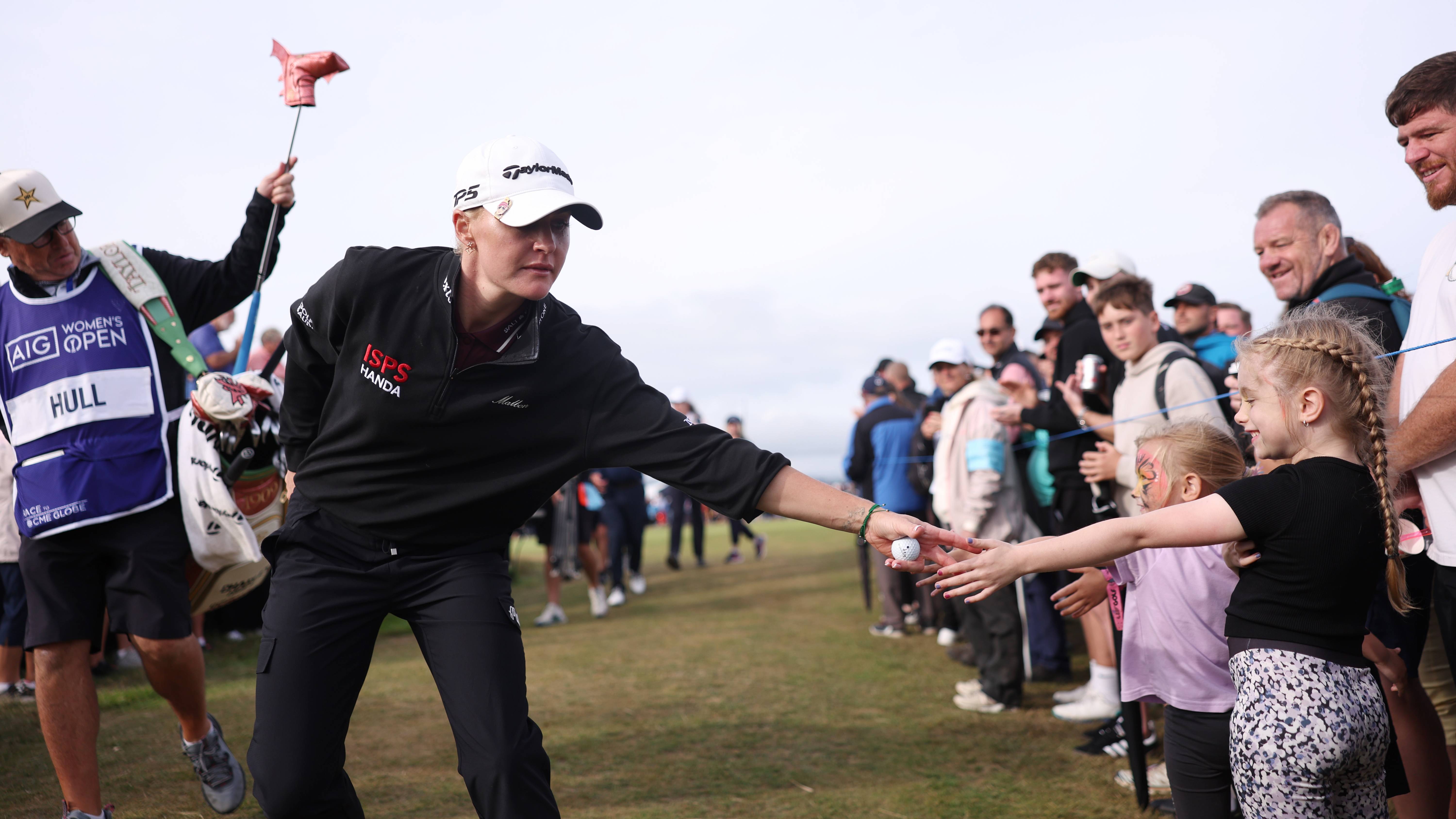
The men's Majors always grab attention, with headlines taking over for weeks before, during, and after the event. This constant dominance makes it all the more frustrating, as women's golf often struggles for significant media coverage.
The women’s Majors are supposed to be the moments that break through, generating their own big buzz. Yet, the US Women’s Open clashed directly with the PGA Tour’s Memorial tournament and the KPMG Women's PGA Championship found itself in a head-on collision with the Travelers Championship, where 45 of the world's top 50 male players were competing. When the women’s Majors are directly up against men's signature tournaments, they’ve got no chance to capture the level of attention they deserve. It just seems incredibly unfair.
While I, like many others, adore the men’s Majors and appreciate the immense scale of the PGA Tour, it's genuinely disheartening that these women’s Majors consistently draw the short straw. I understand that men’s golf will inevitably attract a larger audience, leading broadcasters to prioritise them, but please, please, can the PGA Tour and broadcasters at least consider the LPGA’s tournament schedule, as it continues to be overlooked, despite the women's tour's sensible efforts to avoid clashes with the men's 'big' events.
Subscribe to the Golf Monthly newsletter to stay up to date with all the latest tour news, equipment news, reviews, head-to-heads and buyer’s guides from our team of experienced experts.
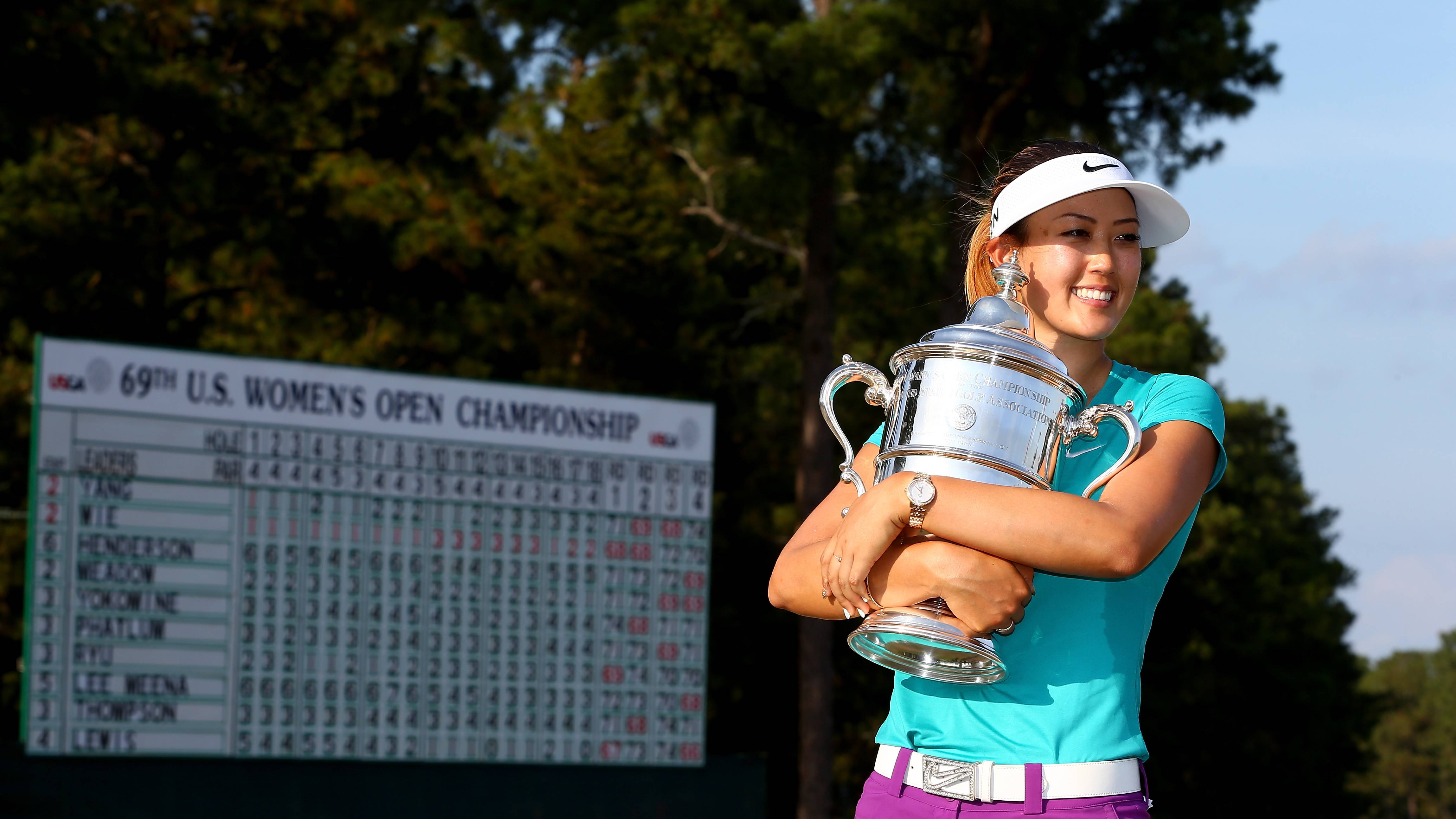
Michelle Wie won the 2014 US Women's Open
As Hall of Famer and three-time American Solheim Cup Captain Juli Inkster told me last year, expressing a widely held frustration, "I don’t think the PGA care less where they add stuff, they don’t look at our schedule. They don’t call the LPGA and say, ‘Hey, we’re gonna schedule this, is it OK?’" This sentiment perfectly captures that feeling of one-sided decisions, which leaves women's Majors constantly vulnerable to being overshadowed, even with all their growing momentum and fantastic storylines.
Think back to 2014. It was great when the USGA held the US Open and US Women’s Open in consecutive weeks at Pinehurst No 2. This was a deliberate move to raise the profile of women’s golf and it did just that, elevating visibility and recognition for the Women’s Major. It showed what's possible with thoughtful scheduling. Yet, here we are, having to wait until 2029 to see this kind of consecutive event at Pinehurst again, and at Shinnecock Hills Golf Club in 2036, a clear sign that systemic change is still frustratingly slow.
And let's not forget, sponsors are often hard to come by in women's sports. Still, companies like KPMG are throwing huge cash into women’s golf. The KPMG Women’s PGA Championship purse hit $12 million this year, which now ties the largest purse in women’s golf alongside the US Women’s Open.
That’s a huge and valuable commitment and also demonstrates the growth in the women’s game. But it also makes you wonder, how do big names like KPMG and other partners really feel about their investment when tournament scheduling means men’s signature events will grab most of the attention?
It's not just about avoiding clashes, though. Even when there is a clear shot for a Major, like The Chevron Championship at the beginning of the season, the LPGA needs to make sure they pull out all the stops to make it an all-singing and all-dancing affair. In my opinion, it fell short of delivering that true fanfare.
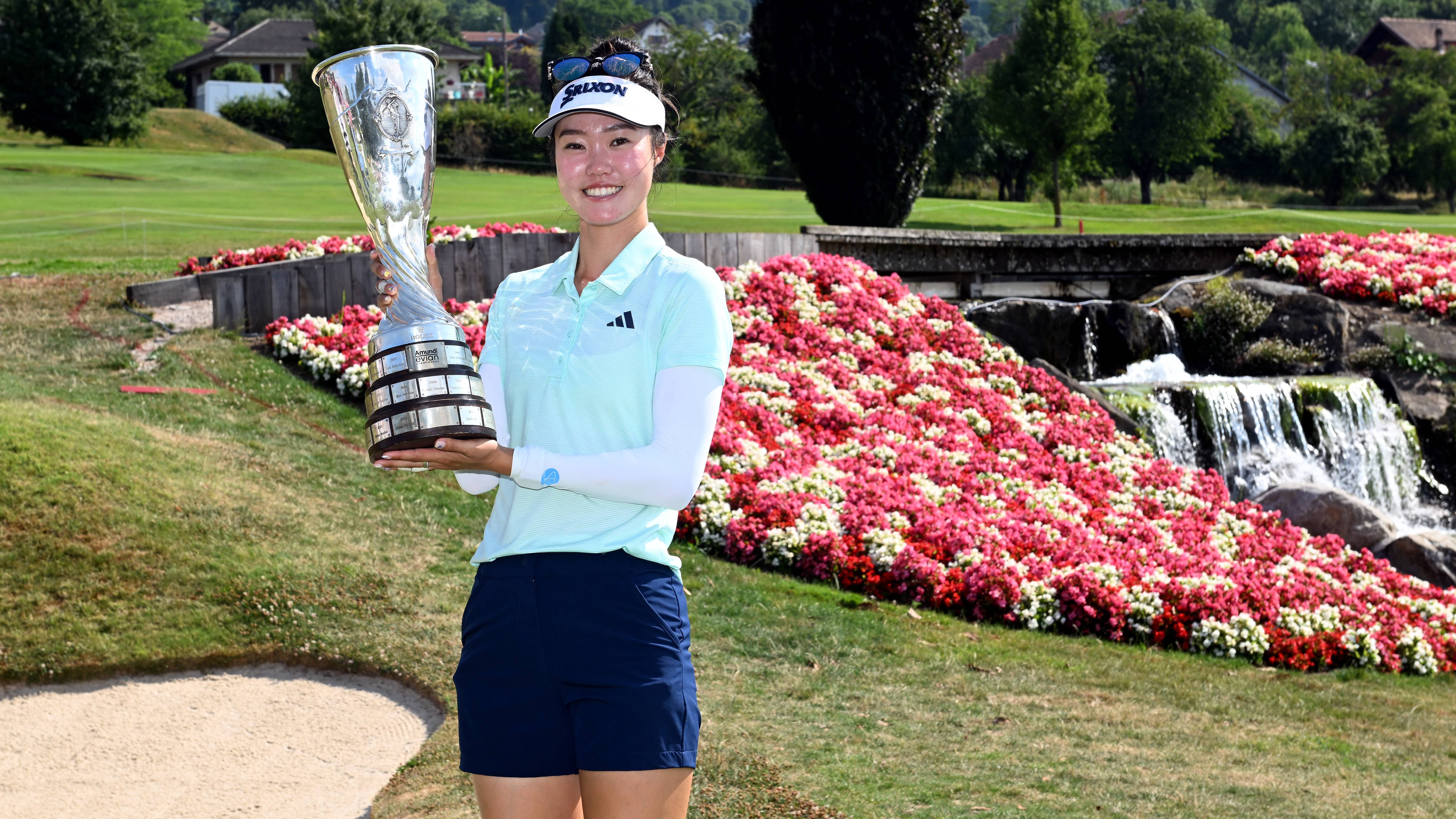
Grace Kim, winner of the 2025 Amundi Evian Championship
Thankfully, the final two women’s Majors of the year did not go head-to-head with a men’s signature event, and they both delivered. The Amundi Evian Championship provided one of the most exciting finishes to a Major I have ever seen, with Grace Kim's miraculous chip-in to force a playoff with Jeeno Thitikul, which she won with an eagle.
Then, the AIG Women’s Open at Royal Porthcawl was a fantastic and fitting climax to the Major season. It got the undivided attention it deserved, and its success is a testament to what's possible with a clean schedule. Here's hoping the momentum from these final two Majors carries into next year’s season and finally brings the women's game the consistent, standalone spotlight it has earned.
Alison Root has over 25 years experience working in media and events, predominantly dedicated to golf, in particular the women’s game. Until 2020, for over a decade Alison edited Women & Golf magazine and website, and is now the full-time Women's Editor for Golf Monthly. Alison is a respected and leading voice in the women's game, overseeing content that communicates to active golfers from grassroots through to the professional scene, and developing collaborative relationships to widen Golf Monthly's female audience across all platforms to elevate women's golf to a new level. She is a 16-handicap golfer (should be better) and despite having had the fantastic opportunity to play some of the best golf courses around the world, Kingsbarns in Scotland is her favourite.
You must confirm your public display name before commenting
Please logout and then login again, you will then be prompted to enter your display name.
